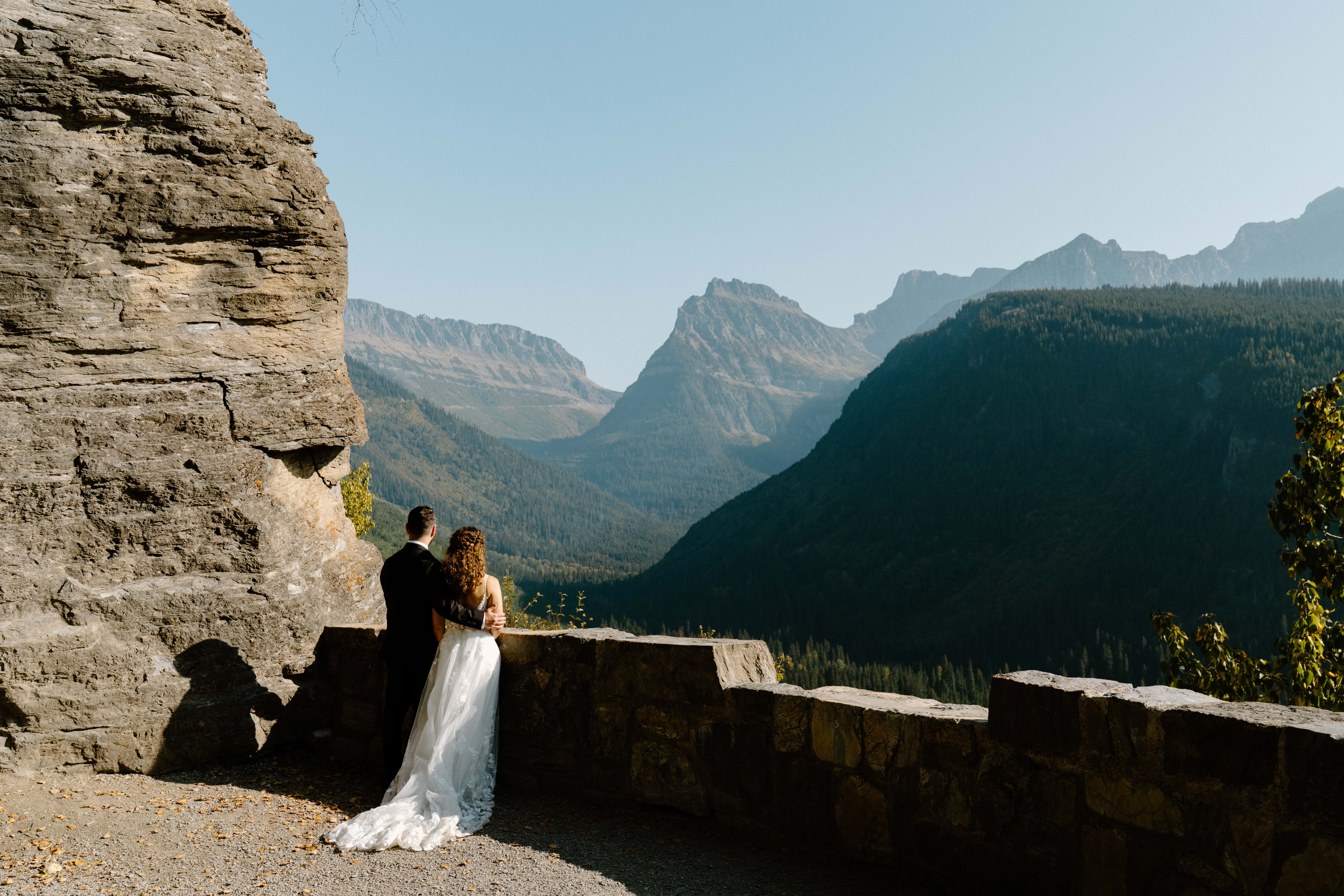hELLO!
We are a husband & wife team. Based in the mountains of Montana & Washington State, we’ve been photographing and filming couples since the start of 2021.
Welcome to our blog where you’ll discover elopement planning resources, as well as beautiful galleries from real weddings!
We're Hannah & Adam of Venture to Elope
View all
elopements
Resources
Couples
Small Weddings
How To Plan Your 2026 Elopement In Glacier National Park
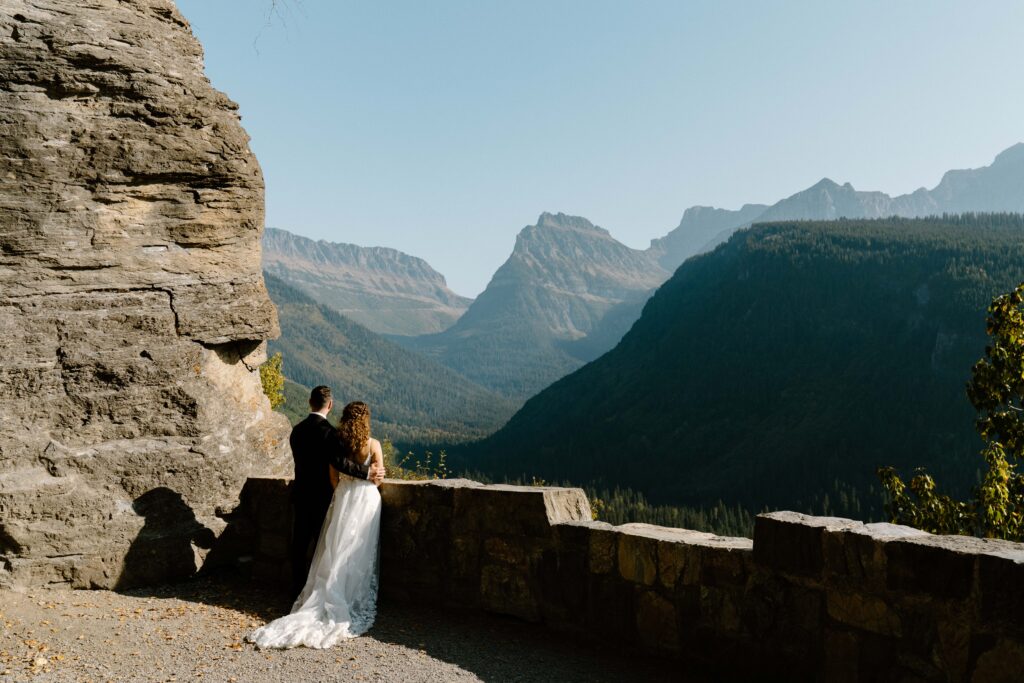
Your Glacier National Park Elopement Photographer + Videographer Team
Hey, we’re Hannah and Adam, your adventure-loving photo and video duo based in Missoula, Montana. Glacier National Park isn’t just one of our favorite places to shoot, it’s actually part of our love story, too. We first visited in 2019, fell completely in love with its wild beauty, and ended up getting married there ourselves in 2022! Now, every time we return with our couples, it feels like reliving a little piece of that magic all over again.
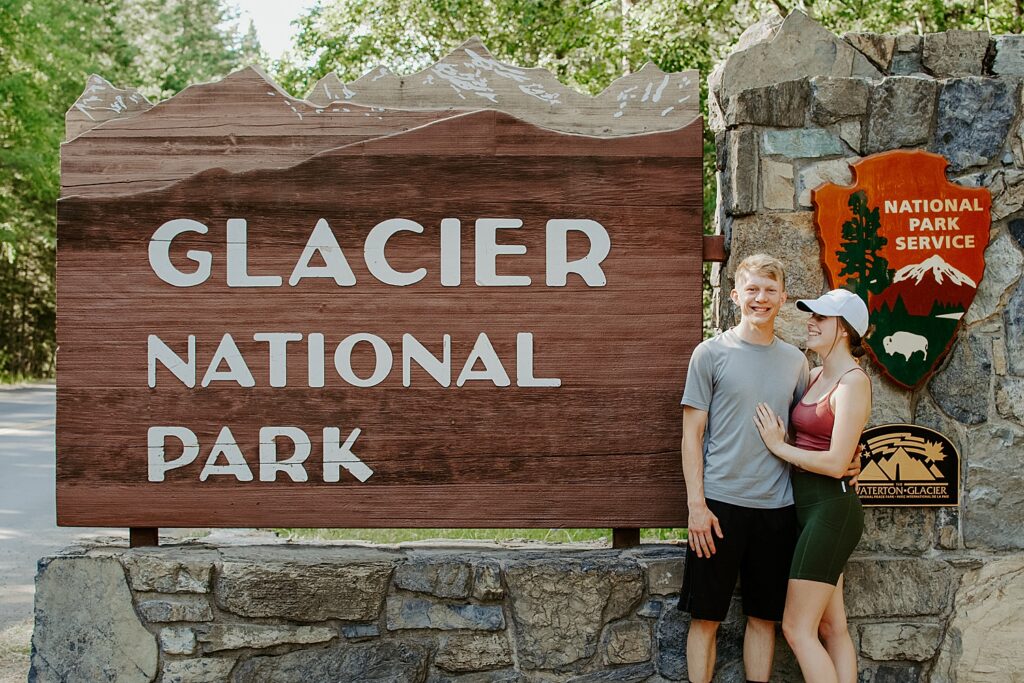
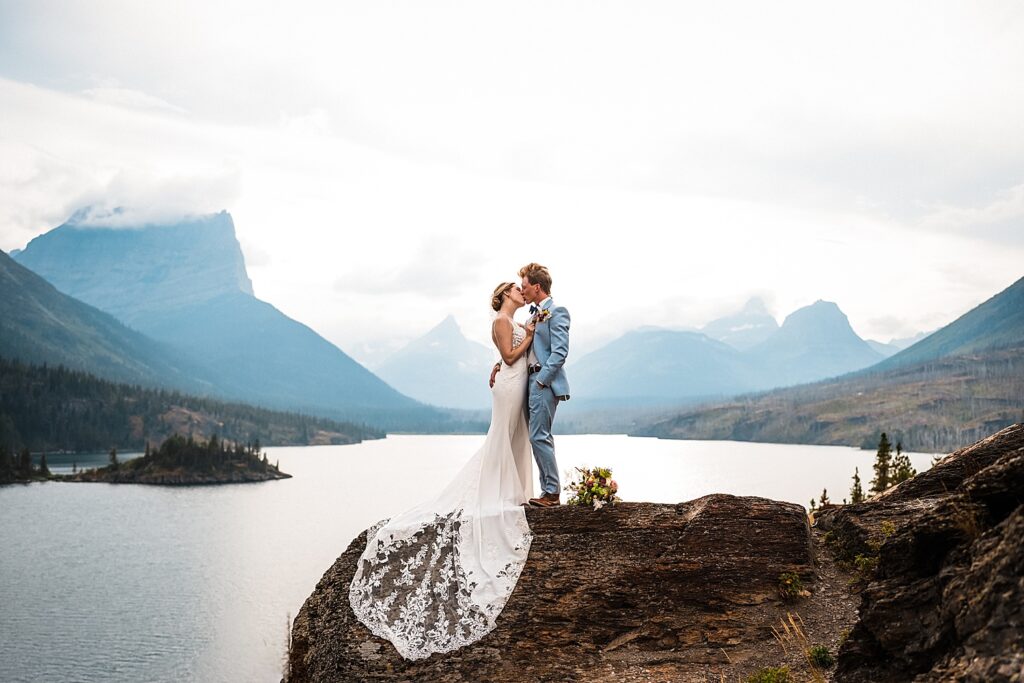
Why Choose Glacier?
There are a lot of great reasons to choose Glacier National Park as your elopement destination! One of the main reasons that couple’s choose Glacier is because of the huge, dramatic mountains and wide-open landscapes. The views make for some pretty epic wedding photos, not gonna lie! With countless hiking trails, it’s ideal for couples who want to turn their elopement into an adventure, no matter the season. Each time of year brings its own stunning scenery, from wildflowers in early summer to fall colors in autumn and snow-capped peaks in winter.
Glacier also has plenty of easily accessible ceremony locations, making it a great option if you want to include family members who may not be able to hike far. On top of all that, eloping in Glacier is relatively inexpensive compared to traditional weddings, allowing you to focus on the experience, the views, and each other.
“When Seth and I first started looking for photographers/videographers in Montana we were just guessing because we don’t live there. We interviewed with 3 businesses, including Hannah & Adam and we are so glad we came across Venture to Elope! Knowing that they thought of everything made experiencing the day stress free and wonderful. We absolutely love the pictures and videos for the day and they absolutely captured the day in how we both envisioned it. We can’t thank them enough! We HIGHLY RECOMMEND working with Hannah and Adam with Venture to Elope!” – Heather & Seth
Glacier National Park Map
Before you get into the good stuff, it’s important to familiarize yourself with the park! There are four main districts of Glacier National Park: North Fork, Going-to-the-Sun Road, Many Glacier, and Two Medicine.
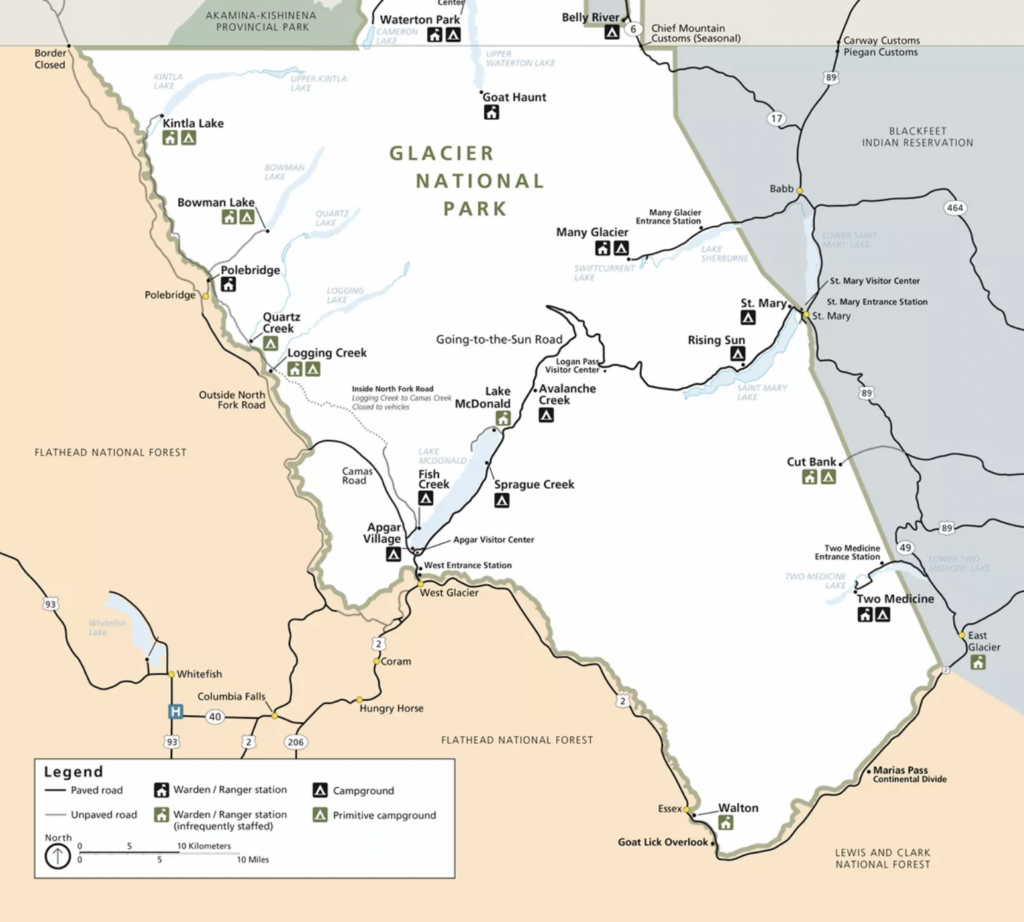
North Fork
Polebridge is the closest town to the North Fork entrance of Glacier National Park. It can be found in the northwest corner of the park. Here you can explore Bowman and Kintla Lakes. If you’re looking for a quiet place to explore the wildlife and serenity of Glacier, this is it! The North Fork experiences way less visitation than any other location in Glacier National Park.
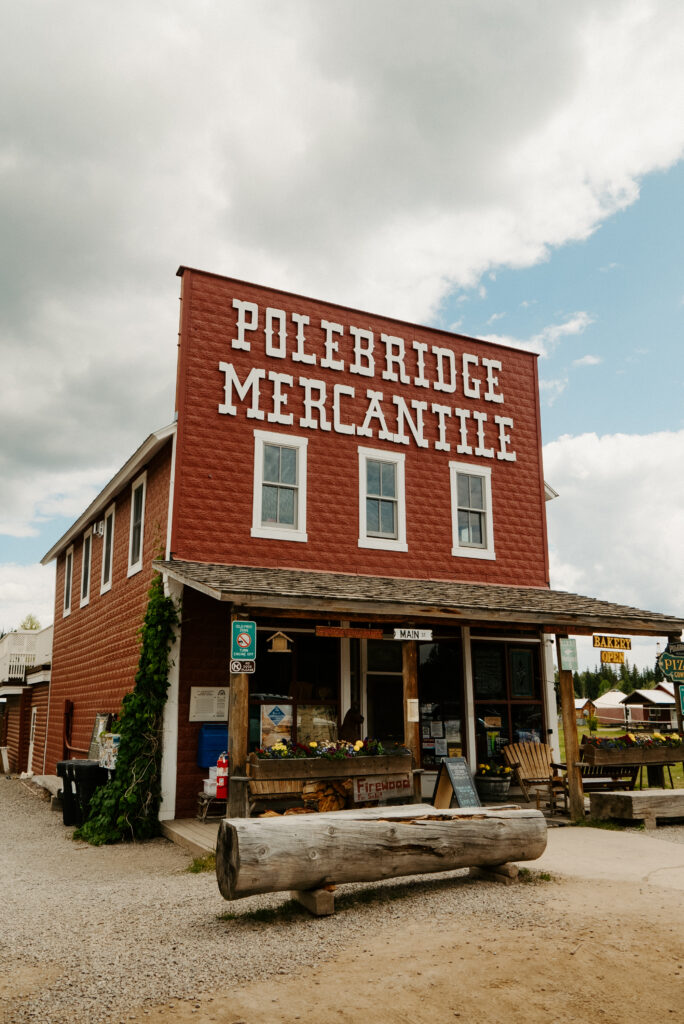
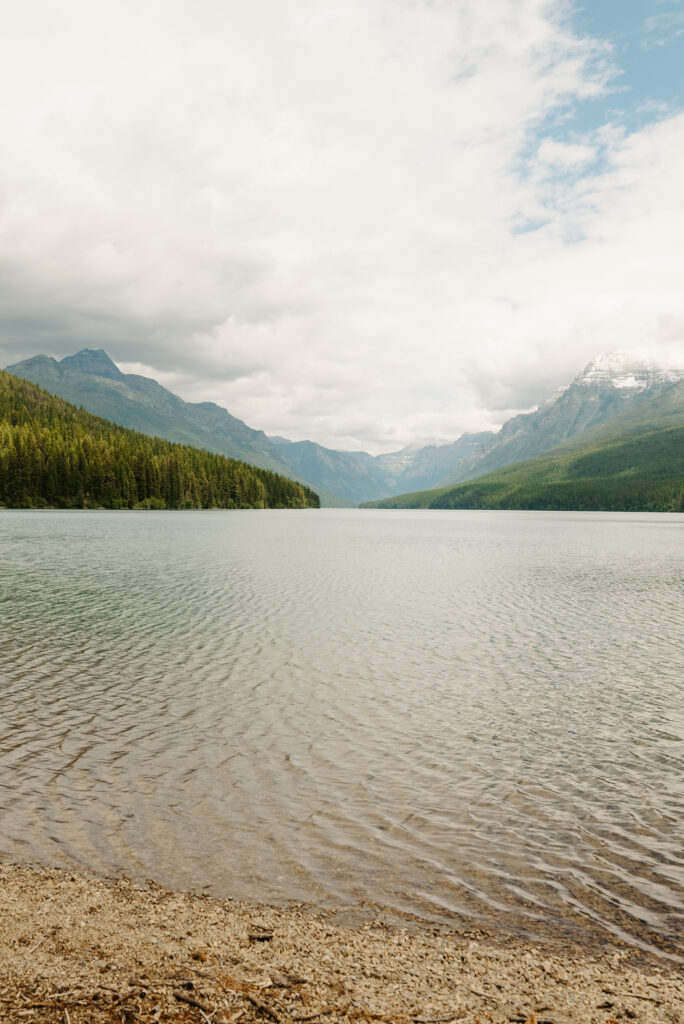
Going-to-the-Sun Road
The Going-to-the-Sun Road (GTTSR) is the most iconic part of Glacier National Park! It’s a 50-mile road that takes around 2 hours (without stopping) to get from West Glacier to St Mary. When traveling this road, here are some important things to know ahead of time:
Accessibility: The road typically opens at the end of June or beginning of July and closes sometime in mid to late October. However, depending on the weather, it may open late or close early, so it’s important to keep this in mind when planning your wedding here! Be prepared with backup locations.
Vehicle Regulations: Vehicles and trailers longer than 21 feet and wider than 8 feet are prohibited between Avalanche Creek and Rising Sun. Vehicles over 10 feet in length will have a hard time driving the road due to overhanging rocks.
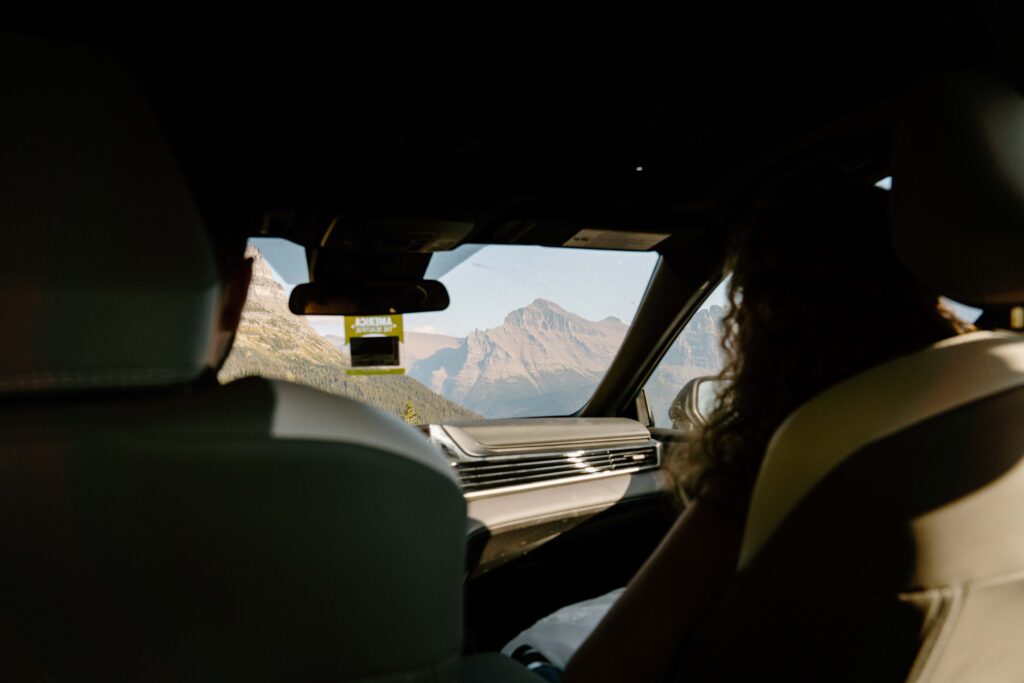
Many Glacier
Many Glacier is a separate entrance in the northeast corner of the park. You have to drive through the small town of Babb to enter this area. Here, you can see Swiftcurrent Lake and some of the most epic glaciers in all of the park! If you’re coming from Saint Mary, it’s about a 30-minute drive, but if you’re staying in West Glacier, it ends up being a 2 to 2.5 hour drive.
Two Medicine
The Two Medicine Valley is in the southeast corner of Glacier, and is known for its rushing waterfalls and reflective lakes. While it isn’t as popular as the main section of the park (along the GTTSR), don’t skip it!
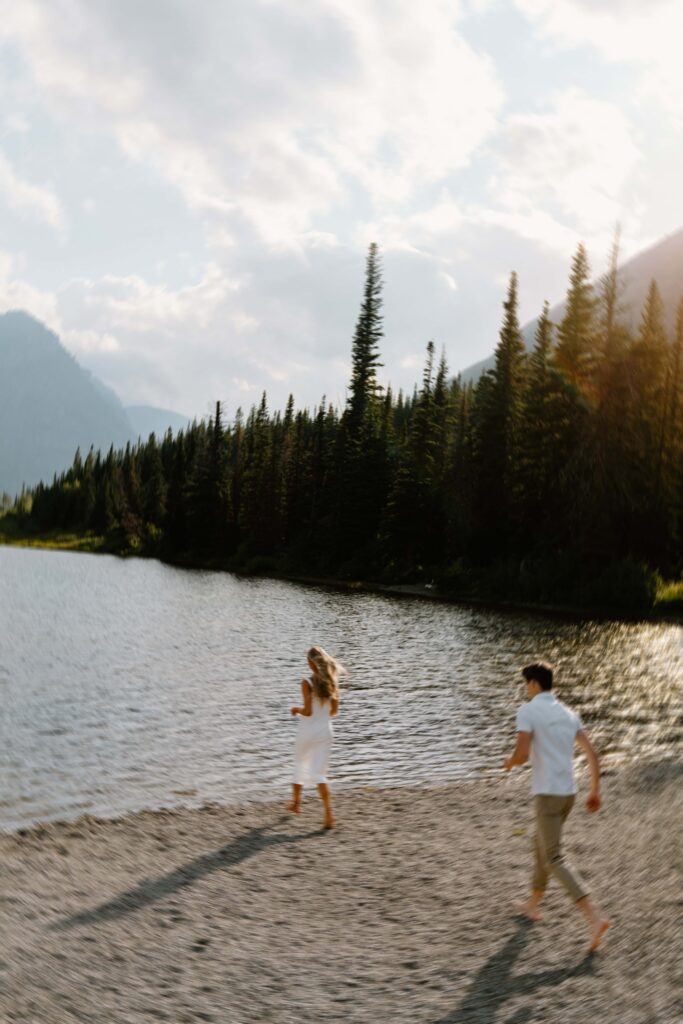
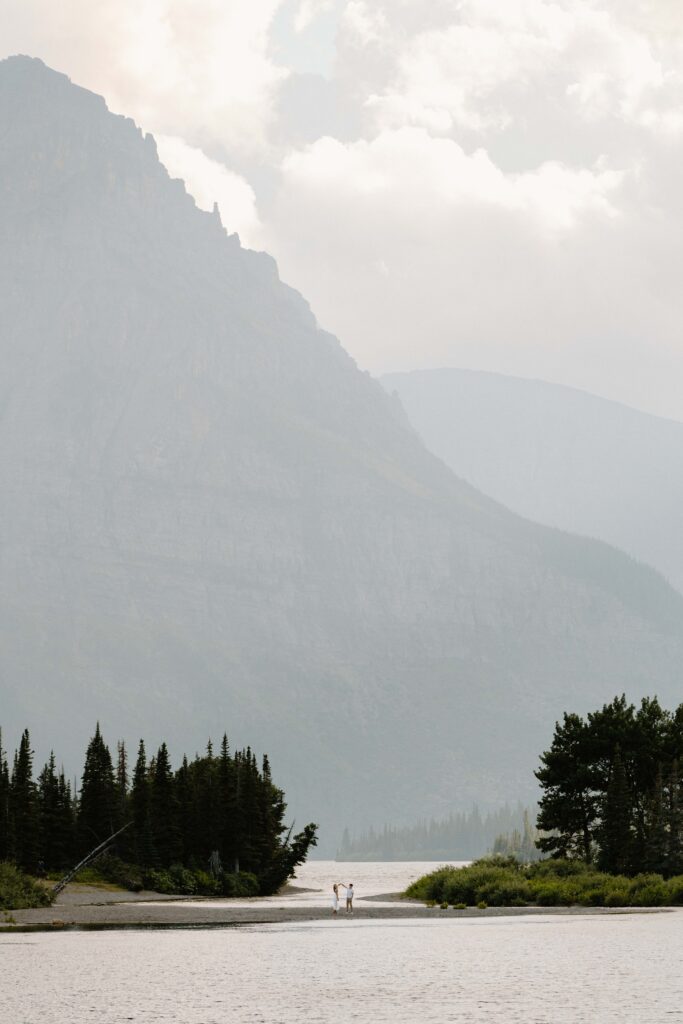
Glacier National Park Elopement Checklist
- Book Your Glacier Photo & Video Team!
- Pick The Best Time of Year
- Choose Your Elopement Ceremony Location
- Make Sure You Have The Proper Permits & Passes
- Book Lodging
- Plan Activities & Other Places To Explore
- Secure Your Marriage License
Book Your Glacier National Park Photographer & Videographer
The first step is booking your Montana photo & video team. Hey, that’s where we come in! We’ll help you plan all of the things on the elopement checklist above, from picking the perfect elopement locations to helping you secure your Special Use Permit to recommending local vendors/lodging and more.
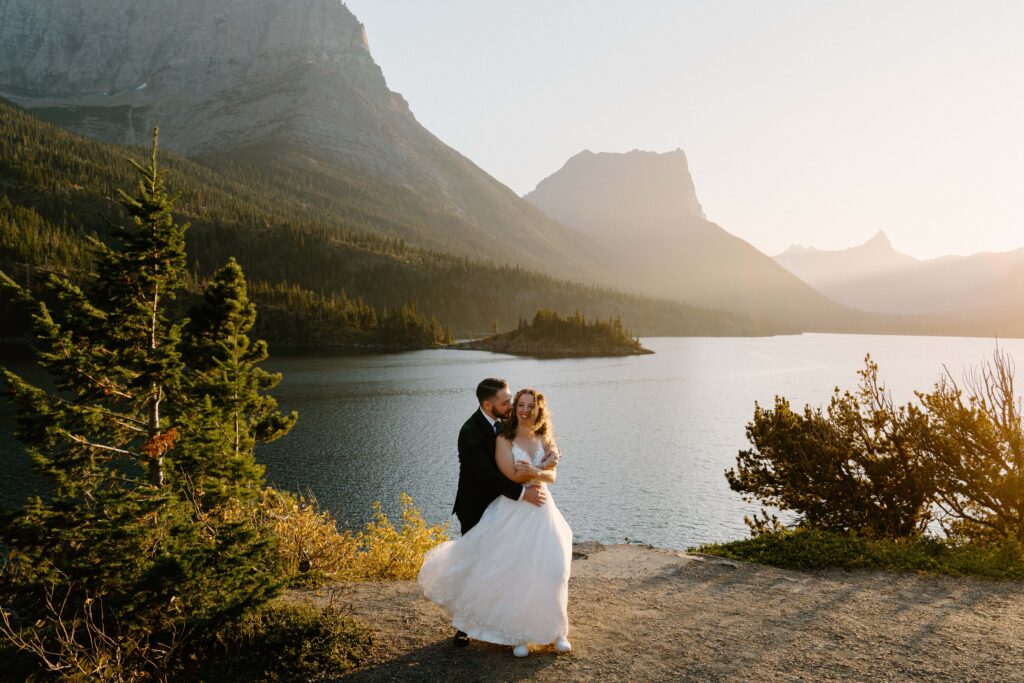
Best Time of Year For Your Glacier Elopement
Picking the best time of the year to get married in Glacier totally depends on the kind of accessibility and overall experience you’re looking for! The best time of year to avoid crowds is typically going to be during the shoulder seasons such as spring and fall. You may see quite a few other couples getting married during these seasons, though!
Typically the spring in from May to June in Glacier, and this is a beautiful and more quiet time to visit! The Going-to-the-Sun Road is not open until end of June or beginning of July, however, so there are more limited locations that you’re able to explore. This is also when a lot of the park is still covered in snow!
Summer is a wonderful time of year for hiking, fully accessible and snow-free locations, and warmer weather! It’s also extremely busy, so while we love summer elopements, we’ll typically recommend ceremony locations outside the park (because the crowded locations don’t make for a private ceremony experience), hiking adventures, and/or doing sunrise for more privacy.
Fall is probably our favorite time of year to capture Glacier elopements! Late September to early October is when it’s getting a bit colder, the fall colors are popping, and there aren’t a lot of people in the park except for couples getting married and older folks.
In the wintertime, a lot of the park is closed and covered in snow. But this is a great option if you like colder weather, want to adventure in the snow, and are really prioritizing a private experience (not many people visit the park in the winter).
Designated Glacier National Park Ceremony Locations
Glacier National Park has several designated wedding ceremony locations, including places along Lake McDonald, Big Bend, Sun Point, Two Medicine Lake, and Many Glacier. Each location offers stunning views of the park’s mountains, lakes, and forests. You are only allowed to get married at one of the designated locations, and you have to submit an application that needs to be approved by the national park. You can, however, take wedding photos throughout the park!
If you’re wanting to have more than 25 guests for your wedding in Glacier, you have the option of a few different amphitheaters, such as Apgar Amphitheater and Avalanche Amphitheater.
Some of our favorite designated elopement ceremony locations in Glacier include: Jackson Bay or Sprague Creek Picnic Area long Lake McDonald, Sun Point, 1913 Ranger Station, and the Lake Josephine Shoreline.
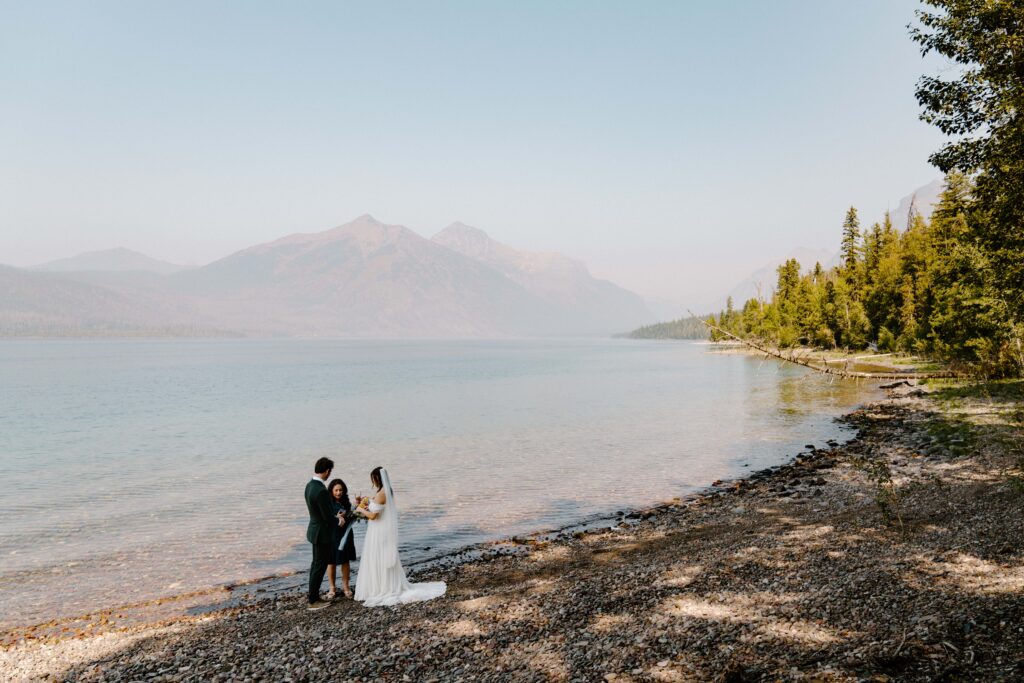

Permits + Park Passes
In order to access the park, every vehicle is required to have a National Park Pass, even if you have a Special Use Permit. A National Park Pass can either be an America the Beautiful Annual Pass ($80) or you can get a 7 Day Pass at the entrance station for $35/vehicle.
Along with the park pass, you’ll need a Special Use Permit (SUP) if you’re getting married inside the park. This is because the park is a protected area, and the National Park Service must ensure that activities are conducted in a safe and responsible manner. The permit also ensures that the park’s resources are not damaged or disturbed, and remains a peaceful and tranquil place for visitors to enjoy! We help all of our couples fill this out and submit it because you need to have a date, location, and exact time picked out for your elopement ceremony. You’ll also need a backup date, location, and time just in case your first choice is unavailable.
Important Note: You will NOT need a Timed Entry Reservation Ticket for anywhere in the park in 2026.
Book Lodging
If lodging is important to you, you should book this as soon as you’re able to! The cute a-frame cabins and unique stays get booked out pretty far in advance, and if you’re looking to stay near Many Glacier or East Glacier, there are very limited options.
On the west side of Glacier National Park, visitors can stay at the Lake McDonald Lodge, the Village Inn at Apgar, or the Cedar Creek Lodge. Each of these lodges offers stunning views of the park’s mountains, lakes, and forests. You can also stay at one of the park’s campgrounds: Apgar, Fish Creek, Sprague Creek, and Avalanche Creek. And if you’re wanting a bit of a bougier stay, check out one of the towns on the west side. You can stay close to the park in Columbia Falls or Whitefish, or you can stay a bit further in Kalispell or along Flathead Lake. There are a ton of great rentals in those areas!
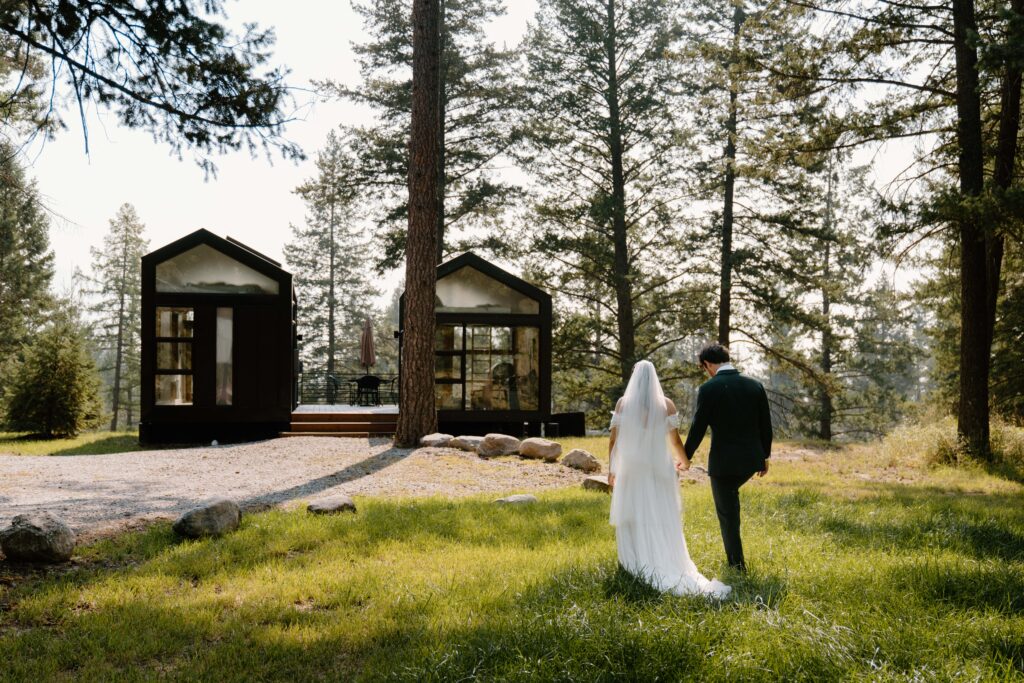
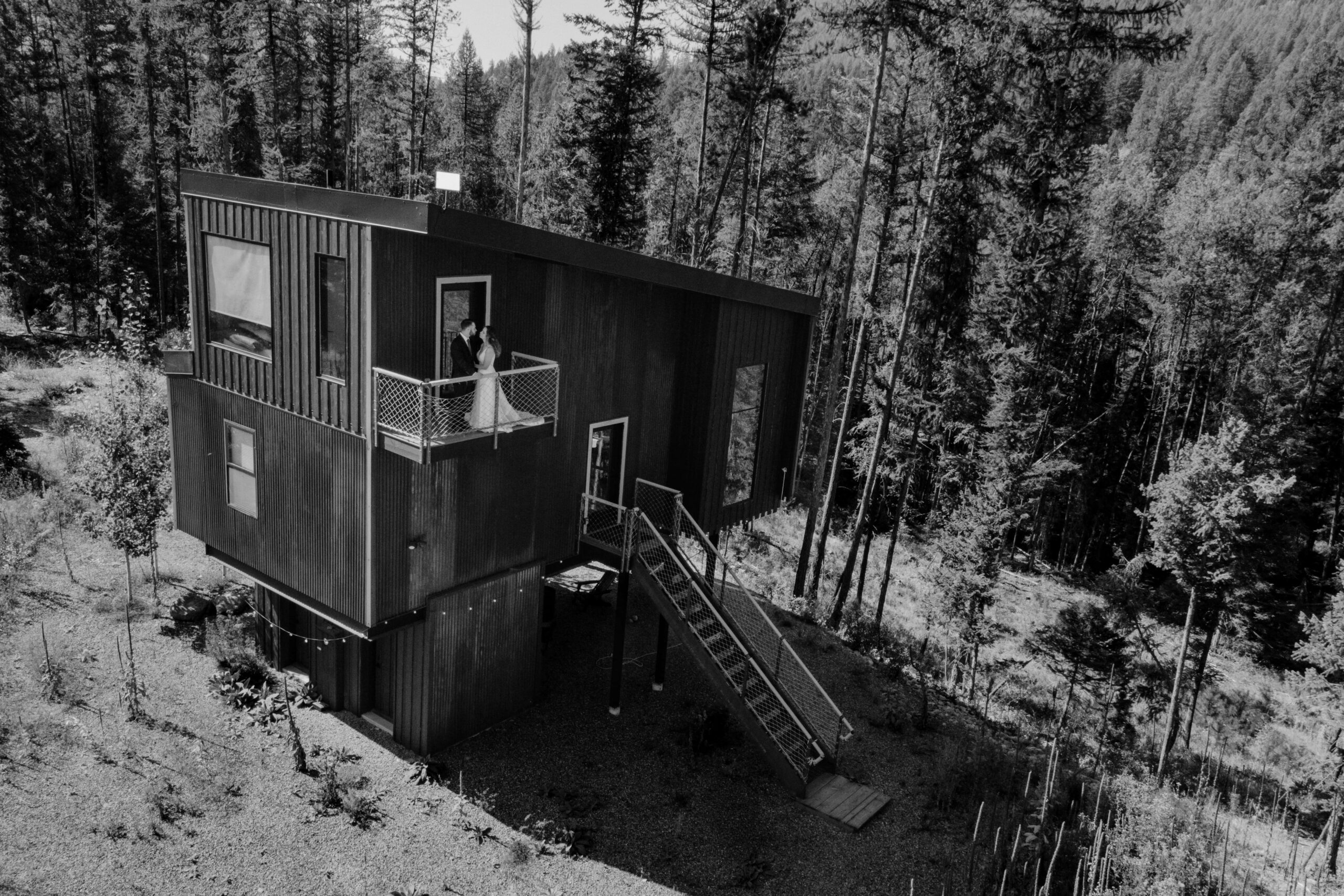
On the east side of Glacier National Park, visitors can stay at the Swiftcurrent Motor Inn, Many Glacier Hotel, St. Mary Village, or the Rising Sun Motor Inn. You also have the option of camping at Many Glacier Campground, Rising Sun Campground, or St. Mary Campground. In terms of towns outside of Glacier, there isn’t much except for Babb. Babb doesn’t really have a ton of cute rentals like West Glacier. However, they do have some fun campgrounds and little cabins! We personally love Divide Creek Campground and Johnson’s Campground & RV Park.
Activities & Things To Do In Glacier
Planning activities and things to do while you’re visiting can be overwhelming since there are so many awesome options! We always encourage couples to pick activities that reflect them on their wedding day. But you can also make your elopement experience that much better if you plan things to do before and after your wedding day.
One of the BEST things to do in Glacier National Park is hike! There are so many popular trails and gorgeous views to experience when you choose to get out of the car and explore. Make sure to have enough time at the park to try at least 2 trails! It’s 100% worth it. Here are some of our favs:
- Trail of the Cedars – 1 mile roundtrip, 60 feet of elevation gain, Avalanche Creek (West Glacier)
- Highline Loop – 12 miles roundtrip, 2000 feet of elevation gain, Logan Pass
- Hidden Lake Overlook – 3 miles roundtrip, 500 feet of elevation gain, Logan Pass
- St. Mary Falls – 2 miles roundtrip, 200 feet of elevation gain, St. Mary Shuttle Stop
- Grinnell Glacier – 7.6 miles roundtrip, 2000 feet of elevation gain, Many Glacier
- Iceberg Lake – 10 miles roundtrip, 1275 feet of elevation gain, Many Glacier
- Upper Two Medicine Lake – 5 miles roundtrip, 350 feet of elevation gain, Two Medicine
But it’s also important to note that some of our favorite spots aren’t “designated” trails or attractions. They’re often little roadside stops near Logan Pass and Big Bend, as well as locations along St. Mary Lake. But when exploring roadside stops, please still practice Leave No Trace principles, just like you would on a trail!
Besides hiking, some of the most popular activities in Glacier National Park include camping, wildlife viewing, fishing, horseback riding, boating, and cross-country skiing. The park also offers ranger-led programs, and of course, we recommend checking out the park’s visitor centers and museums. We recommend booking activities in advance because Glacier tends to be very busy in the summer months!
Some awesome activities include:
- Find a riverside spot on McDonald Creek for a picnic
- White Water Rafting
- Scenic River Float
- Horseback Riding Tours
- Explore Whitefish Lake State Park & Flathead Lake (outside the West Glacier entrance)
- Rent bikes and explore the Whitefish Trail (outside the West Glacier entrance)
- Two Medicine Lake Boat Tour (or you can rent kayaks)
- Spot moose at Fishercap Lake in Many Glacier
- Boat Tour or rent kayaks/canoes on Swiftcurrent Lake
- Fly Fishing Tour
- Check out Many Glacier’s Historic Hotel + Restaurant
Marriage License
Prior to your elopement (it can be just a couple days before), you’ll head to the courthouse with proper forms of ID for both of you, and sign the application in-person with the county clerk. You can fill out the application ahead of time online! After signing, you’ll need to pay $53 via cash, check, or card (there is a small fee for credit cards).
After your elopement, you can either return the application to the courthouse or if you’ve hired an officiant, sometimes they will send it in for you!
The Flathead County Courthouse address for Glacier National Park elopements is: 920 S. Main St. #300 Kalispell, MT 59901
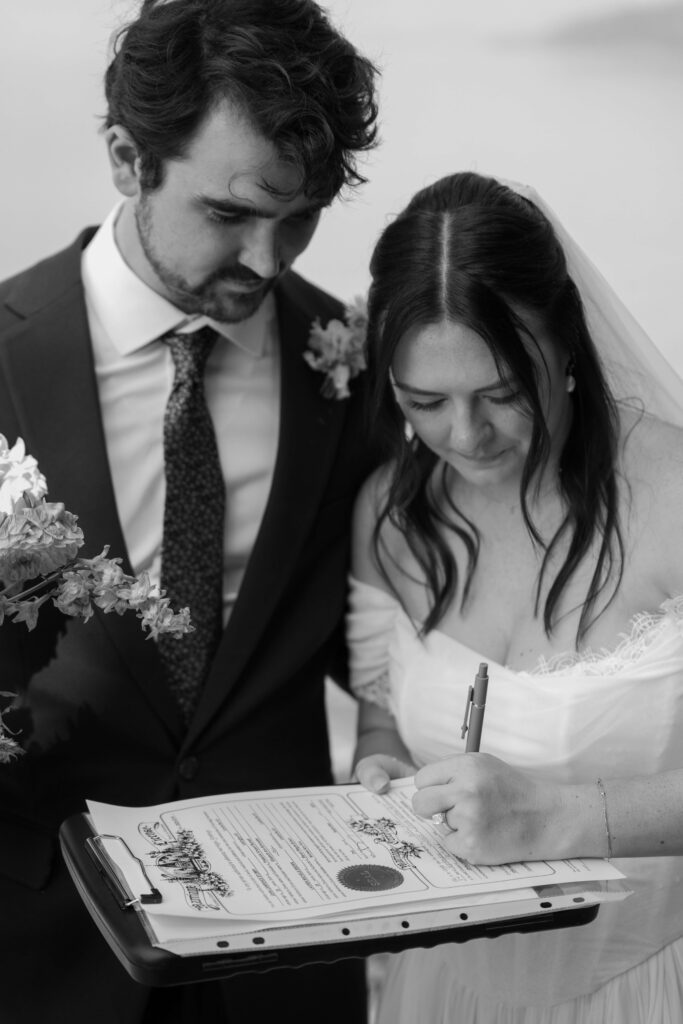
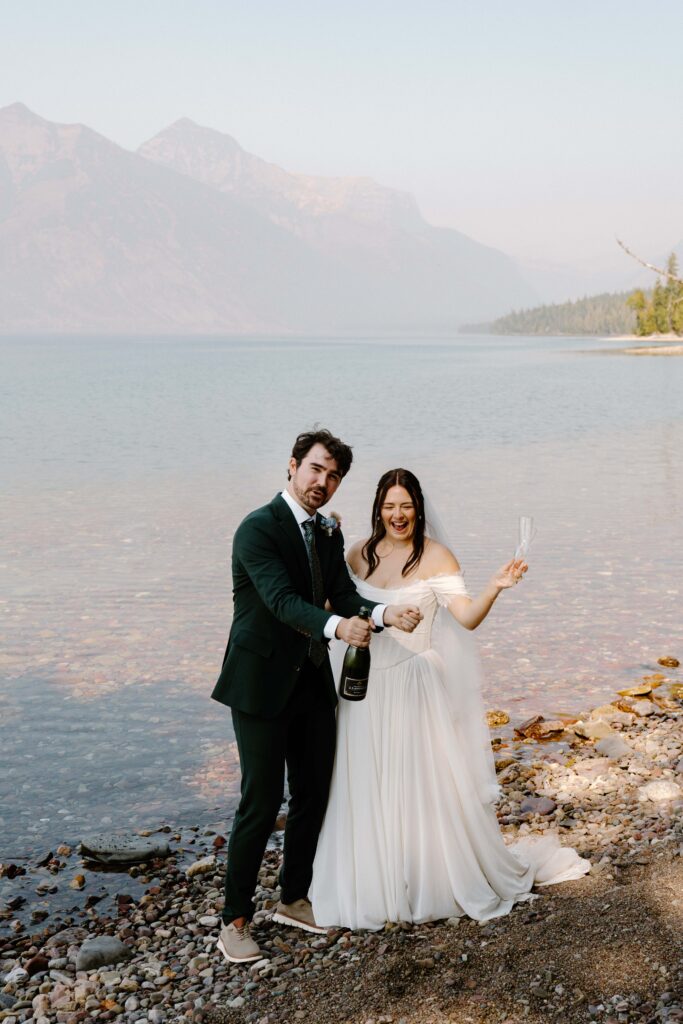
Weather Safety in Glacier
When visiting Glacier, it’s important to be aware of potential weather safety concerns. Glacier is known for its high winds, which can make the cold temperatures even more extreme. We always recommend packing appropriate layers, even in the summer months. And it’s always a good idea to have backup locations in mind for places that typically experience lots of wind, like Sun Point along St. Mary Lake.
Thunderstorms are common in the summer months as well. This is one condition that we won’t photograph couples in unless it’s safe to do so. If we are up in the mountains during a thunder and lighting storm, it’s important that we pause what we’re doing, and immediately seek cover in a hard-top vehicle or sturdy building. If those options aren’t available to us, we’ll avoid tall objects, open fields, and water.
In the winter, please be aware of the potential for avalanches and other hazardous conditions. Don’t hike or explore the backcountry unless you have proper training!
Wildlife in Glacier
Glacier National Park is home to a variety of wildlife, including grizzly bears, black bears, mountain goats, bighorn sheep, elk, moose, wolves, wolverines, lynx, and more. For birds, Glacier has bald eagles, ospreys, peregrine falcons, and more. You might also see a variety of smaller mammals, such as beavers, marmots, and snowshoe hares.
One of our best pieces of advice for preparing for wildlife encounters is knowing what each animal looks like and how to react to it. So, for example, you wouldn’t react to a grizzly bear the same way you would react to a black bear. It’s super important to know the differences and educate yourself on how to protect yourself. You should always carry bear spray with you when you’re hiking in Glacier.
Grizzly Bear vs. Black Bear
If you see a grizzly bear in Glacier National Park, it is important to remain calm and not approach the bear. Make yourself appear as large as possible by raising your arms and speaking in a loud, calm voice. Do not run or make sudden movements because this could provoke the bear. If the bear approaches, back away slowly and do not make direct eye contact. If the bear continues to approach, use bear spray if available.
Grizzly bears and black bears can be difficult to tell apart, but there are a few key differences. Grizzly bears are typically larger than black bears, and have a distinctive hump on their shoulders. They also have a dished face, long claws, and a rump that is lower than their shoulders. Black bears have a straight face, shorter claws, and a rump that is higher than their shoulders.
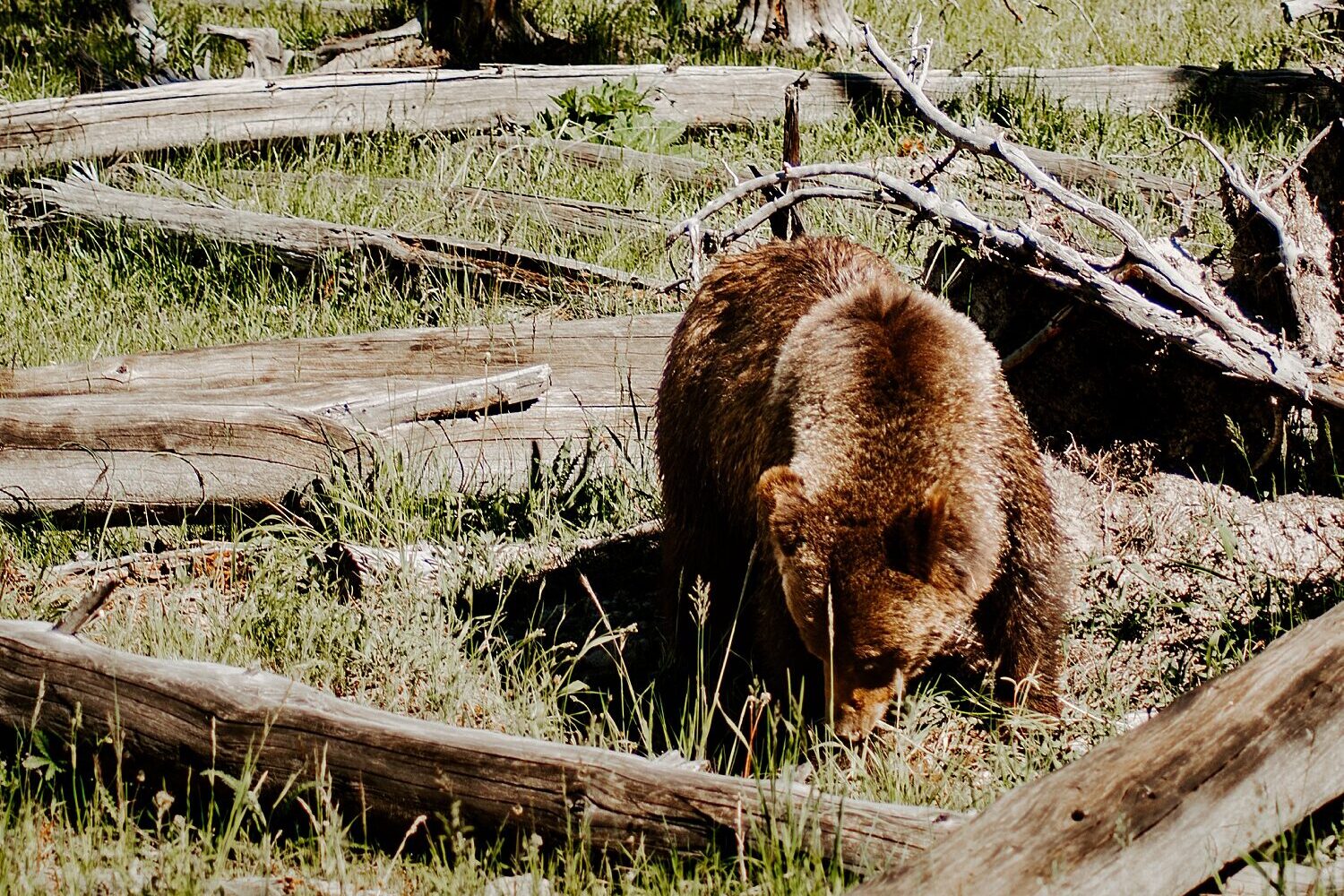
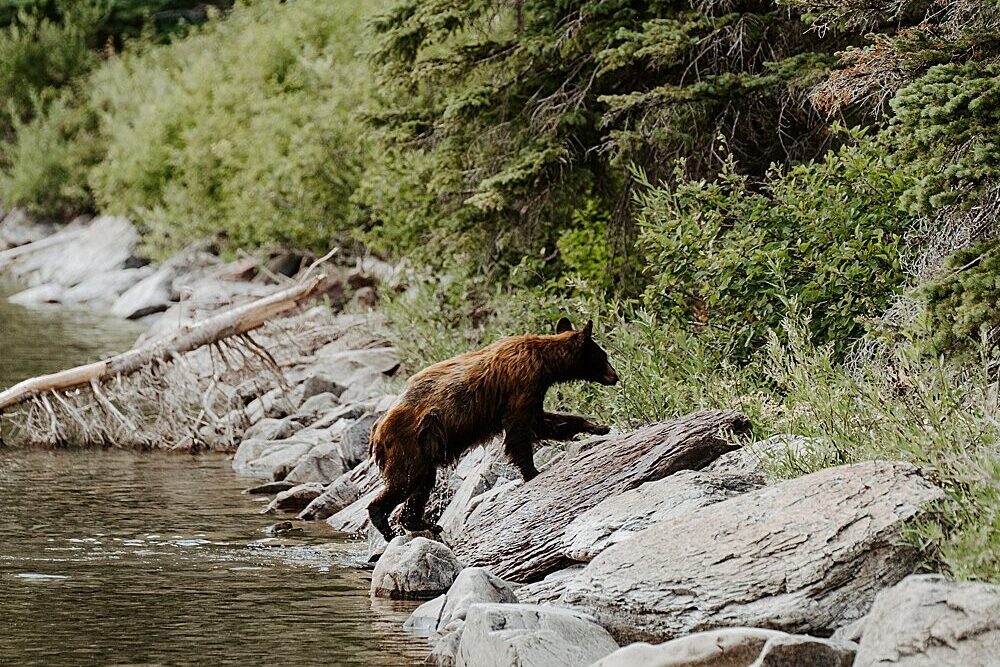
How Wildlife Affects Trail Accessibility
In Glacier, trails may close due to grizzly bear activity in order to protect both visitors and the bears. If a bear is seen, the park may close the trail to give the bear time and space to move away from the area. This helps to ensure that visitors are not in danger, and that the bear is not disturbed or harassed.
The length of time that trails close due to grizzly bear activity varies depending on the situation. The park may close the trail for a few hours, or for several days. The park will also assess the situation and determine when it is safe to reopen the trail.
Booking Your Glacier Elopement!
If you want to chat about your Glacier National Park adventure elopement experience, or if you’re ready to book with us, head over to our Contact Page to reach out. We’d love to help you plan your greatest adventure yet in the most incredible park!
Leave a Reply Cancel reply
Hannah and Adam are a Montana and PNW-based Elopement Photographer + Videographer Team traveling across the US and abroad to capture couples' special days. They firmly believe love is love, Black lives matter, and in respecting our planet.
home about experience Travel pricing Portfolio blog contact
COPYRIGHT © VENTURE TO ELOPE 2025
